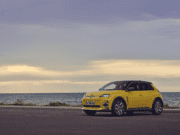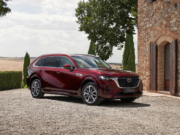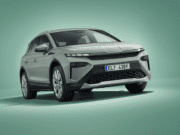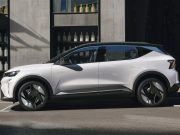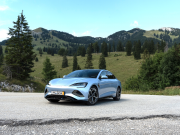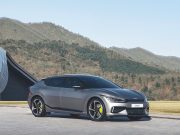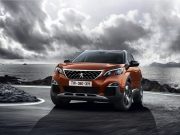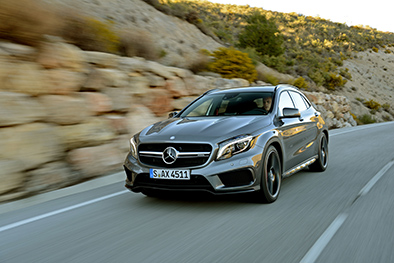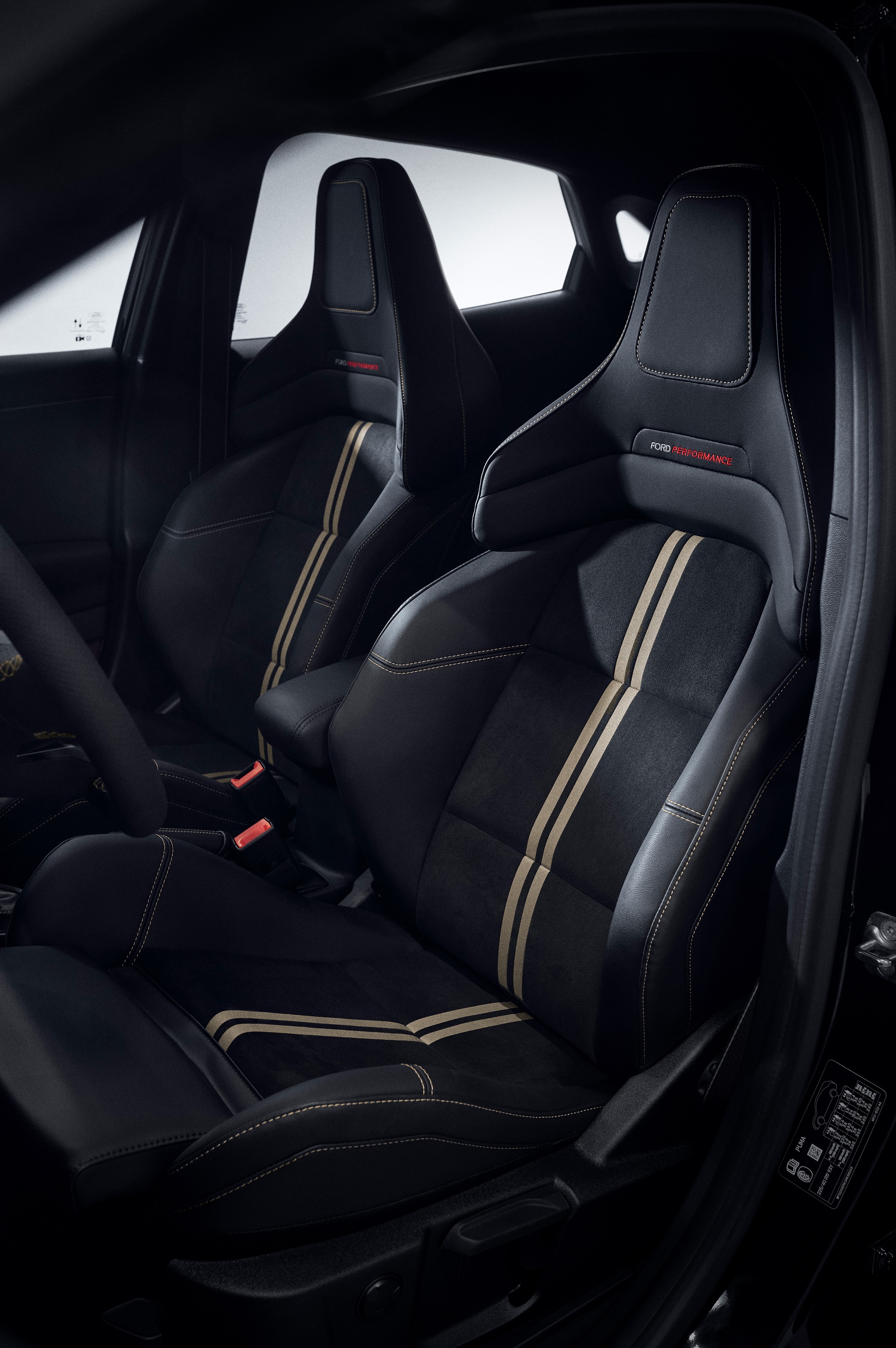 In the past, owning a sports car has often meant sacrificing a degree of cruising comfort in favour of a firmer ride that enables driving enthusiasts to better feel the road. Ford has for some time offered technologies including sophisticated suspension and supportive, adjustable sports seats to help make its performance models as comfortable as they are fun to drive – and to make its acclaimed Ford Performance dynamics accessible to greater numbers of drivers. Now the automaker has taken high performance seat comfort to the next level by introducing new, in-house developed Ford Performance front seats for the Puma ST performance SUV, which are certified by leading spinal health organisation Aktion Gesunder Rücken e.V. (AGR), the Campaign for Healthier Backs. Crucially for achieving AGR certification, the seats can be adjusted to fit the occupants in 14 ways for maximum comfort and support – rather than the occupant adapting their position to the seat.
In the past, owning a sports car has often meant sacrificing a degree of cruising comfort in favour of a firmer ride that enables driving enthusiasts to better feel the road. Ford has for some time offered technologies including sophisticated suspension and supportive, adjustable sports seats to help make its performance models as comfortable as they are fun to drive – and to make its acclaimed Ford Performance dynamics accessible to greater numbers of drivers. Now the automaker has taken high performance seat comfort to the next level by introducing new, in-house developed Ford Performance front seats for the Puma ST performance SUV, which are certified by leading spinal health organisation Aktion Gesunder Rücken e.V. (AGR), the Campaign for Healthier Backs. Crucially for achieving AGR certification, the seats can be adjusted to fit the occupants in 14 ways for maximum comfort and support – rather than the occupant adapting their position to the seat.
“Drivers can only get the most out of our super agile Puma ST’s driving dynamics if they can get comfortable. That’s why we designed our new Ford Performance Seats with AGR-accreditation in mind right from day one,” said Michael Janzen, supervisor, Seats Application, Ford of Europe. “Ford Performance engineers spend more time than most in the driving seat, so we know first-hand how important driving position is for both driving fun, and to help make sure you’re not stiff and sore at the end of a journey.”
AGR accreditation is awarded by an independent testing committee of experts from various medical fields, committed to helping customers choose back-friendly products. Lower back pain is a leading cause of disability globally, and one study found that 63 per cent of drivers suffered with back pain that interfered with daily activities. In addition to the typical forward/backward adjustment and seat backrest angle adjustment that incorporates the race- and rally-inspired integrated headrest, Puma ST occupants can also adjust the base cushion extension and angle to suit their favoured driving position.
Seat height adjustment also features, and can be particularly beneficial for taller drivers, allowing them to comfortably sit in the lower, more upright position often favoured by enthusiast drivers. Four-way lumbar adjustment is controlled electronically from a switch on the seat’s side. Ford engineers experimented with different foams, linings and structural designs to find the right balance of comfort for road trips and everyday driving, as well as enough support to complement the Puma ST driving experience.
Ten prototypes were tested on Ford test tracks – which replicate real road layouts and surfaces from around the world – as well as on public roads. Durability testing was also conducted using Ford’s “Robutt” – a robotic bottom simulator that recreates a decade’s worth of use in just three days as it sits, bounces and twists in the seat 7,500 times. The new seats – also available for Focus ST 2 and Fiesta ST 3 models – are finished in Ford’s premium Sensico® upholstery – a vegan material that replicates the premium look, feel, durability and ease-of-cleaning of leather.
According to Ford data, sporty, Ford Performance-developed ST and Ford Performance-inspired ST-Line models accounted for almost half (44%) of Puma, Focus, and Fiesta sales in 2021. Ford data also suggests demand for sporty variants is on the rise, with the total number of Fiesta ST and ST-Line models sold in Europe growing from 25% in 2019 to 34% in 2021.
Enhanced with sophisticated Sports Technologies including a limited-slip differential option, patented force vectoring springs and selectable Drive Modes, the 200 PS Puma ST is Ford’s first Ford Performance SUV in Europe and was developed to deliver an energised driving experience alongside SUV comfort and flexibility. Ford expects to continue offering AGR-certified seats for passenger vehicle customers as it takes bold steps towards an all-electric future in Europe. The company recently announced plans to introduce a new generation of seven, all-electric, fully-connected passenger vehicles and vans by 2024.





